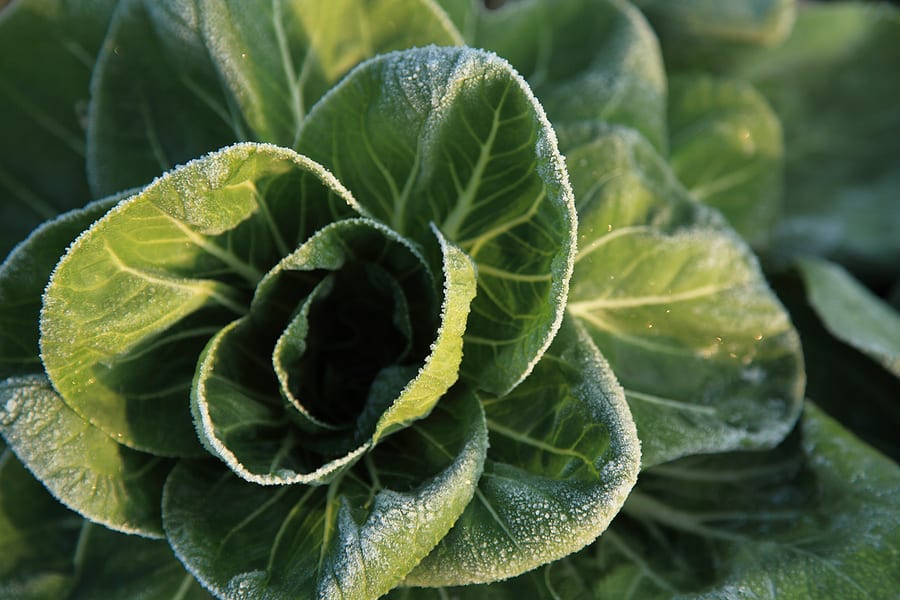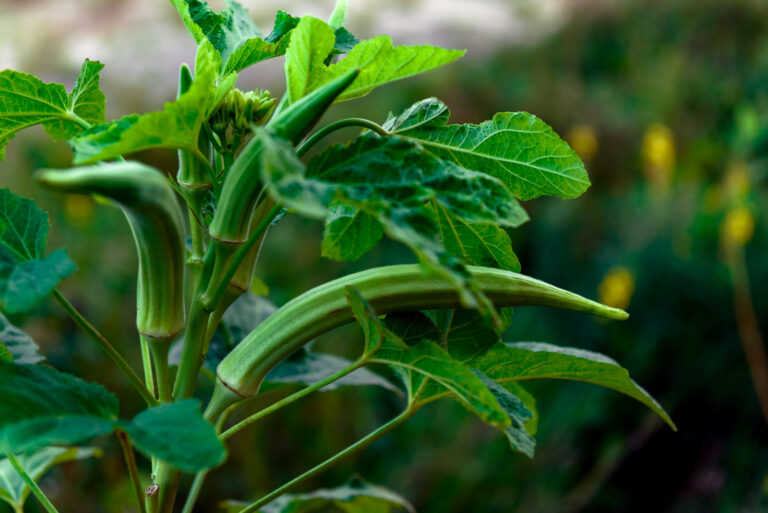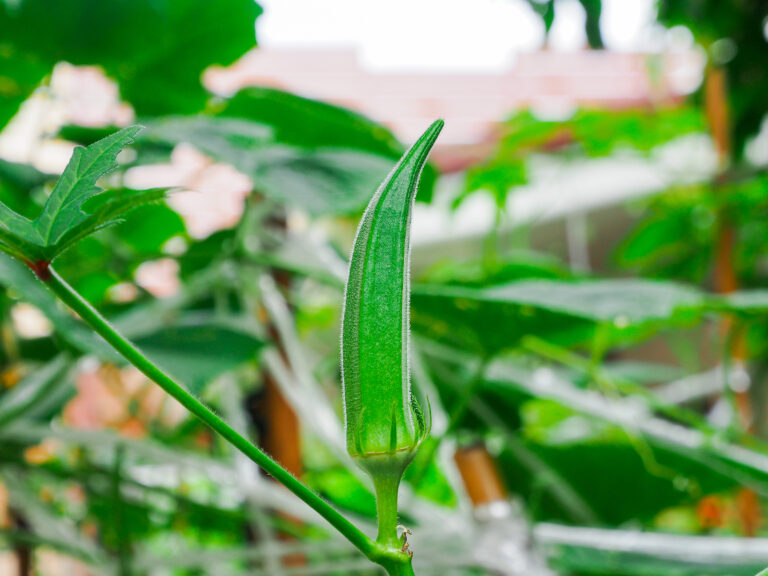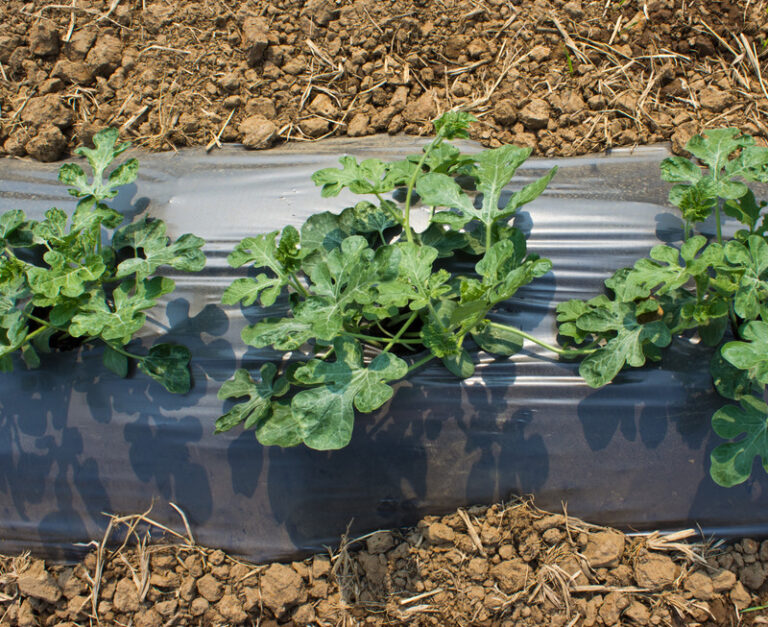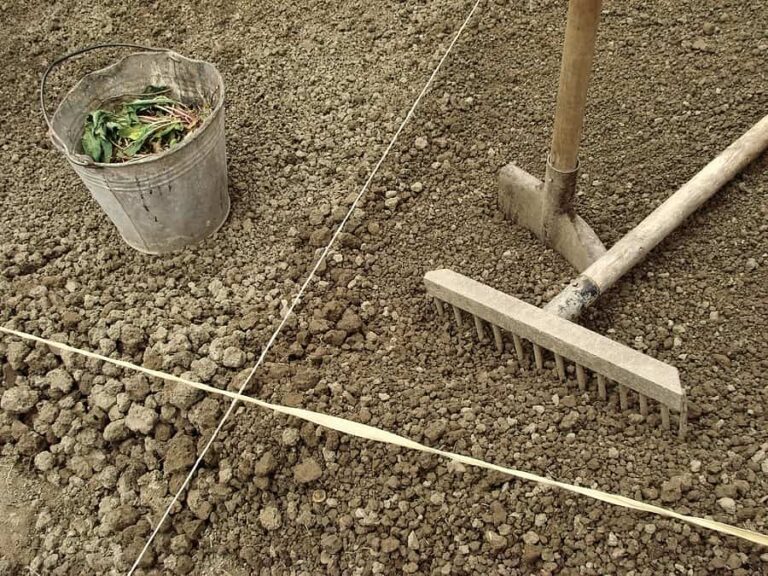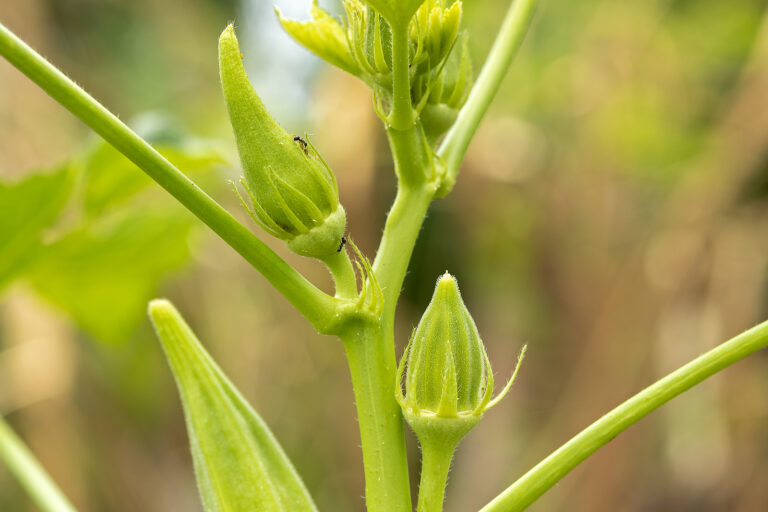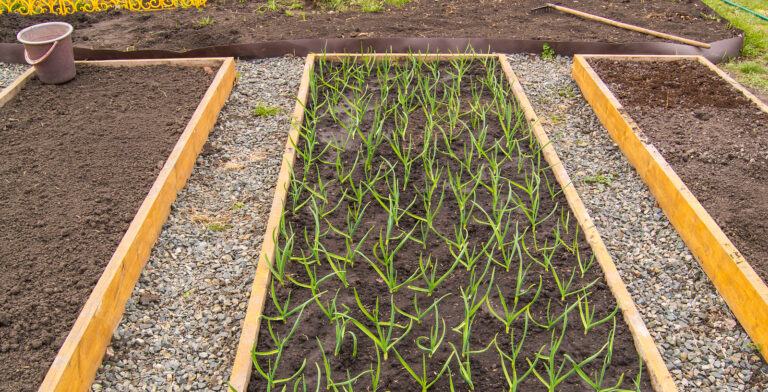Vegetable Garden Plant Hardiness

Hardiness or cold-hardiness is a term used to denote a plant’s ability to withstand cold temperatures. Cold-hardiness commonly specifies the minimum temperature to which a plant can be exposed and still be able to resume growing.
At the end of the growing season, tender and very tender vegetables must be protected from cold or they will be harmed or die. Crop protection includes floating rows covers, plant blankets, and plastic tunnels. Using protective devices is commonly called “season extension”—which means extending the growing season by protecting crops from cold temperatures.
Visit the Winter Garden and Season Extension Learning Hub
The growing season for most vegetables can be extended by protecting plants from light or heavy frosts. A light frost occurs when moisture in the air condenses on cool plant surfaces and the air temperature drops to about 32°F (0°C ). A heavy or hard frost when temperatures drop to the low 20°sF (-6°C) or below.
Vegetable Crop Hardiness List:
Hardy Vegetables (These are able to withstand freezing temperatures for days and even weeks if mulched with straw or seedless hay): Broccoli, Brussels sprouts, Cabbage, Chives, Collards, Garlic, Horseradish, Kale, Kohlrabi, Leeks, Onions, Peas, Rutabagas, Sage, Salsify, Scallions, Spinach, Tarragon, Thyme, Turnips.
Half-Hardy Vegetables (These can withstand some light freezing—meaning short-term exposure to temperatures below freezing for a few hours.): Jerusalem Artichoke, Beets, Carrots, Cauliflower, Celeriac, Celery, Chard, Dill, Endive, Escarole, Fennel, Lettuce, Mustard, Parsnips, Potatoes, Radishes, Rosemary, Sunflowers.
Tender Vegetables (The fruit and leaves of these vegetables will be injured by a light frost.): Globe Artichoke, Basil, Snap Beans, Corn, Marjoram, Soybeans, Summer Squash, Tomatoes.
Very Tender Vegetables (These crops need temperatures above 70°F to grow and produce.): Lima Beans, Coriander, Cucumbers, Cumin, Eggplant, Melons, Okra, Peanuts, Peppers, Sweet Potato, Pumpkin, Winter Squash.

